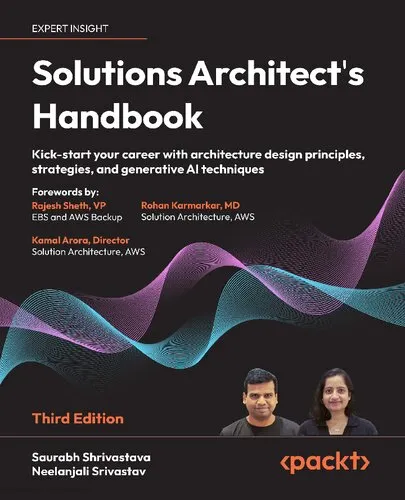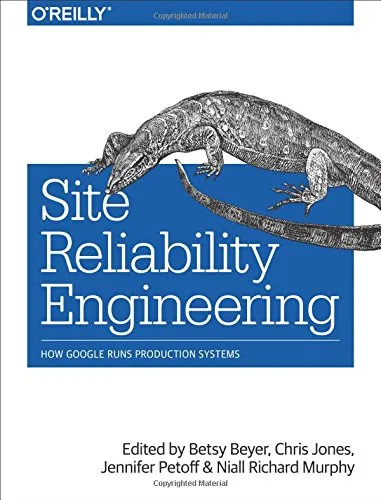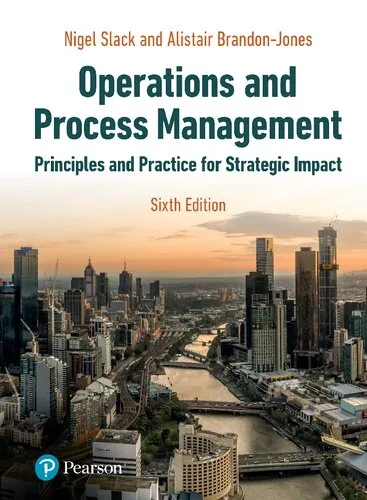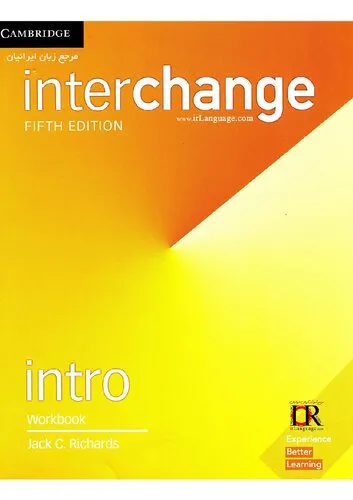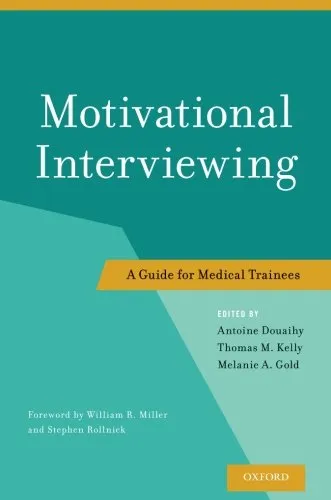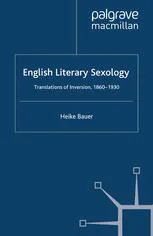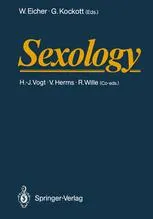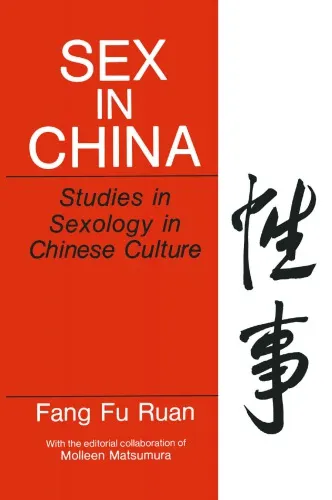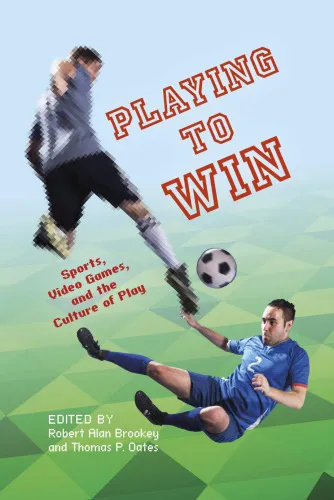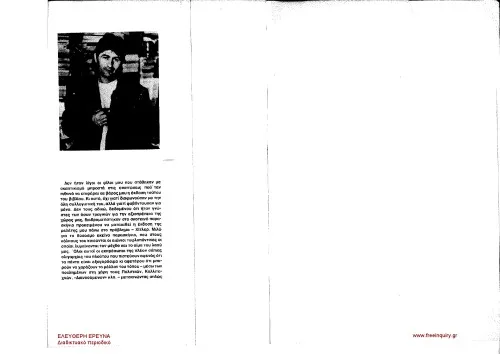Language in Society
4.0
Reviews from our users

You Can Ask your questions from this book's AI after Login
Each download or ask from book AI costs 2 points. To earn more free points, please visit the Points Guide Page and complete some valuable actions.Related Refrences:
Analytical Summary
The book section Language in Societypp.527—548 offers a detailed examination of the interplay between language use and the social contexts in which it is embedded. Written by Maria-Carme Torras and Joseph Gafaranga, this work is an invitation to both seasoned academics and emerging scholars to immerse themselves in the rigorous analytical frameworks that underpin contemporary sociolinguistic inquiry. It deftly navigates complex theoretical terrains while preserving clarity, making it accessible for professionals across linguistics, communication studies, and related disciplines.
This segment of the book situates itself at the crossroads of theory and application. It critically engages with discourse analysis, a secondary keyword central to the discussion, to uncover the mechanics of how language shapes—and is shaped by—social interactions, cultural norms, and identity constructions. While the precise publication year of this section remains information unavailable due to no reliable public source, the content holds enduring relevance. It systematically builds connections between micro-level conversational detail and macro-level societal structures, demonstrating the value of sociolinguistics for understanding lived realities.
Through case studies, conceptual models, and methodological reflections, the authors guide readers to appreciate not only ‘what’ and ‘how’ language is used, but also ‘why’ these patterns matter in the framework of larger social processes. Whether exploring multilingual settings, code-switching phenomena, or communicative inequalities, this portion of Language in Societypp.527—548 remains highly pertinent to ongoing debates in language policy, intercultural communication, and identity politics.
Key Takeaways
Readers of this section gain critical insights into the intricate relationship between linguistic forms and the societal contexts that produce and sustain them. The authors emphasize the nuanced and often contested nature of communication practices in diverse sociolinguistic landscapes.
Among the most important points is the recognition that sociolinguistics is not a static field. Evolving social structures continuously reshape the function and form of language. Discourse analysis emerges as a crucial tool for unpacking these transformations, enabling scholars to identify subtle shifts in meaning, usage, and pragmatic value over time.
There is also a strong focus on the role of multilingualism and cross-cultural dialogue in shaping societal discourse. Language choice, style, and register are seen as conscious and strategic practices, reflecting power dynamics, solidarity, and identity negotiation.
Memorable Quotes
Language is both a mirror and a lens through which society perceives itself.Unknown
In discourse, we find the architecture of social life articulated and reinforced.Unknown
Multilingualism is not merely a skill; it is a mode of inhabiting multiple worlds.Unknown
Why This Book Matters
At a time when global interconnectedness intensifies, the capacity to analyze and understand language within its social framework is invaluable. This is precisely what Language in Societypp.527—548 achieves, making it a critical resource for anyone committed to deepening their grasp of how communication shapes cultural and institutional realities.
Sociolinguistics, as explored here, provides the analytical tools necessary for fostering inclusivity, equity, and nuanced dialogue in multilingual and multicultural environments. The application of discourse analysis allows practitioners to reveal underlying assumptions and power structures embedded in everyday language use, thereby contributing to more effective policymaking, pedagogical strategies, and cross-disciplinary research agendas.
Inspiring Conclusion
In closing, Language in Societypp.527—548 stands as an authoritative yet engaging scholarly contribution, bridging the gap between theoretical sophistication and practical relevance.
By integrating sociolinguistics and discourse analysis, the authors offer readers the means to interrogate language as both a social artifact and a dynamic force for change. This makes the work not only a valuable academic reference but also a catalyst for meaningful conversations across different disciplines and communities.
Whether you are a researcher, educator, policymaker, or simply a curious learner, the insights contained in Language in Societypp.527—548 invite you to read further, share its perspectives, and discuss its implications within your own professional and social circles.
Free Direct Download
You Can Download this book after Login
Accessing books through legal platforms and public libraries not only supports the rights of authors and publishers but also contributes to the sustainability of reading culture. Before downloading, please take a moment to consider these options.
Find this book on other platforms:
WorldCat helps you find books in libraries worldwide.
See ratings, reviews, and discussions on Goodreads.
Find and buy rare or used books on AbeBooks.
1020
بازدید4.0
امتیاز0
نظر98%
رضایتReviews:
4.0
Based on 0 users review
Questions & Answers
Ask questions about this book or help others by answering
No questions yet. Be the first to ask!

